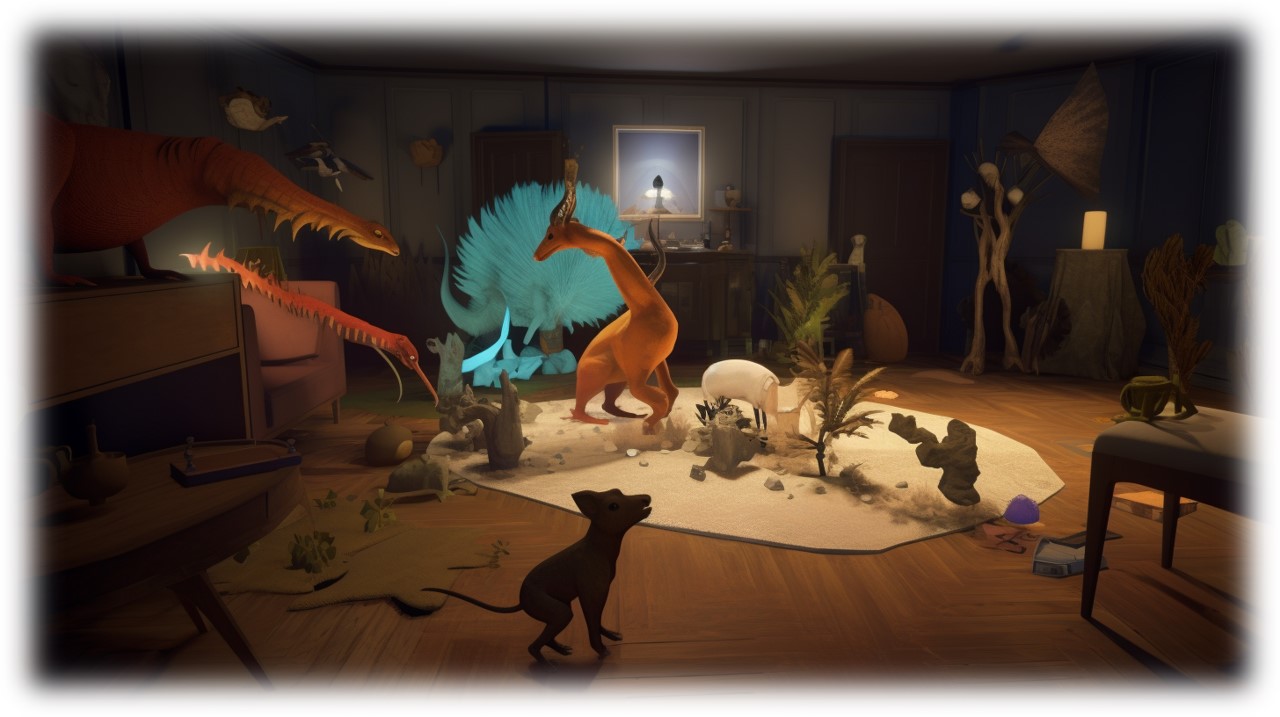Course Works
Visual Computing (U/G 2-2)
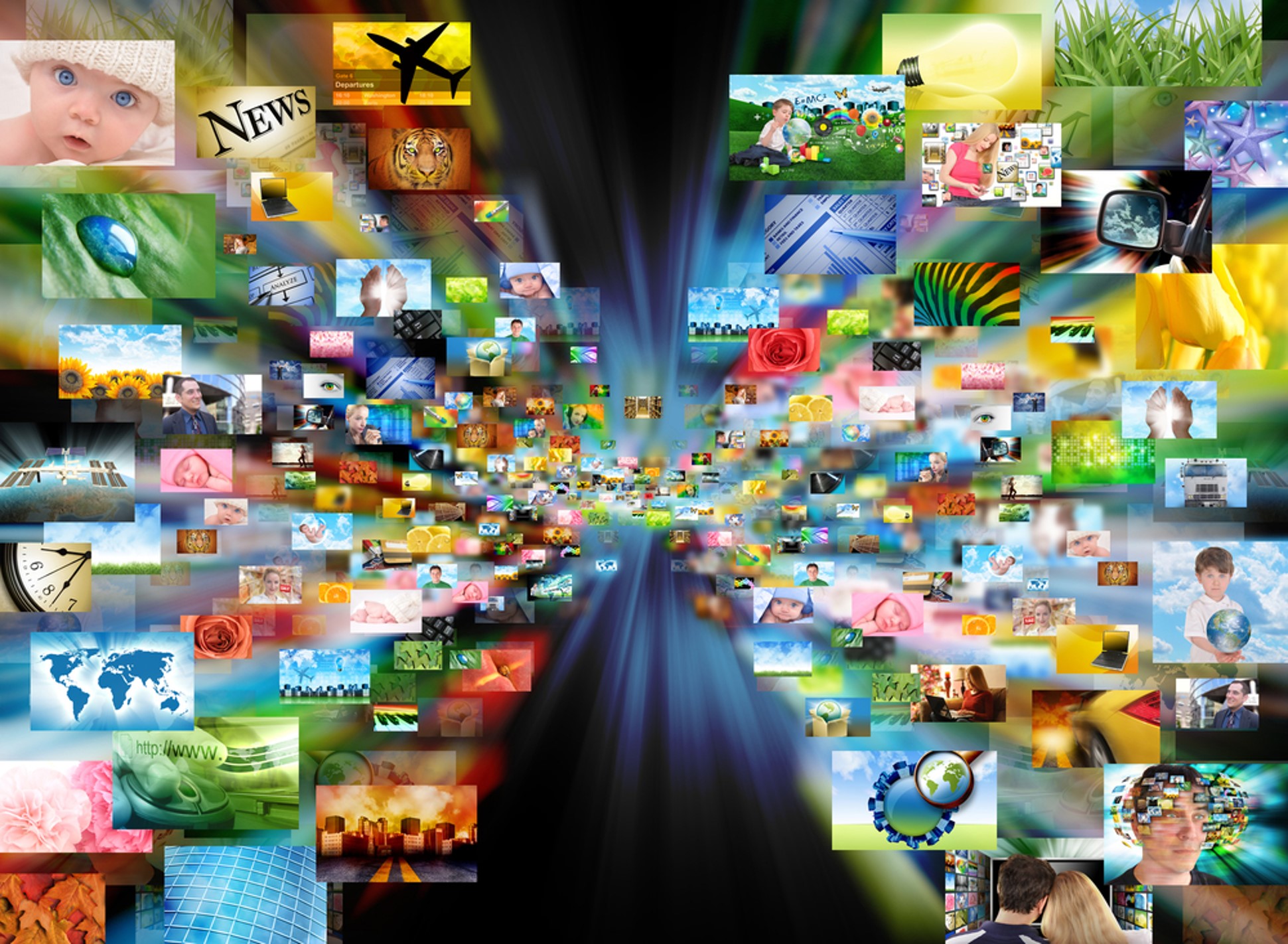
This course covers essential mathematical concepts for image processing and computer vision through practical examples. Based on the fundamentals of image processing and computer vision, the underlying concepts of deep neural networks will be introduced.
programming: python, opencv, tensorflow
Computer Graphics (U/G 3-1)
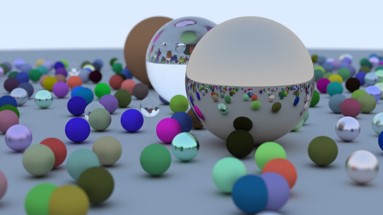
This course introduces 3D rendering pipeline that projects a 3D scene into an image, covering 3D transformations, lighting effects, and GPU acceleration. In the practice, we will handle Threejs, the most famous among Web-based high-level Graphics lib.
programming: javascript, threejs, shader programming
Virtual Reality (U/G 3-2)
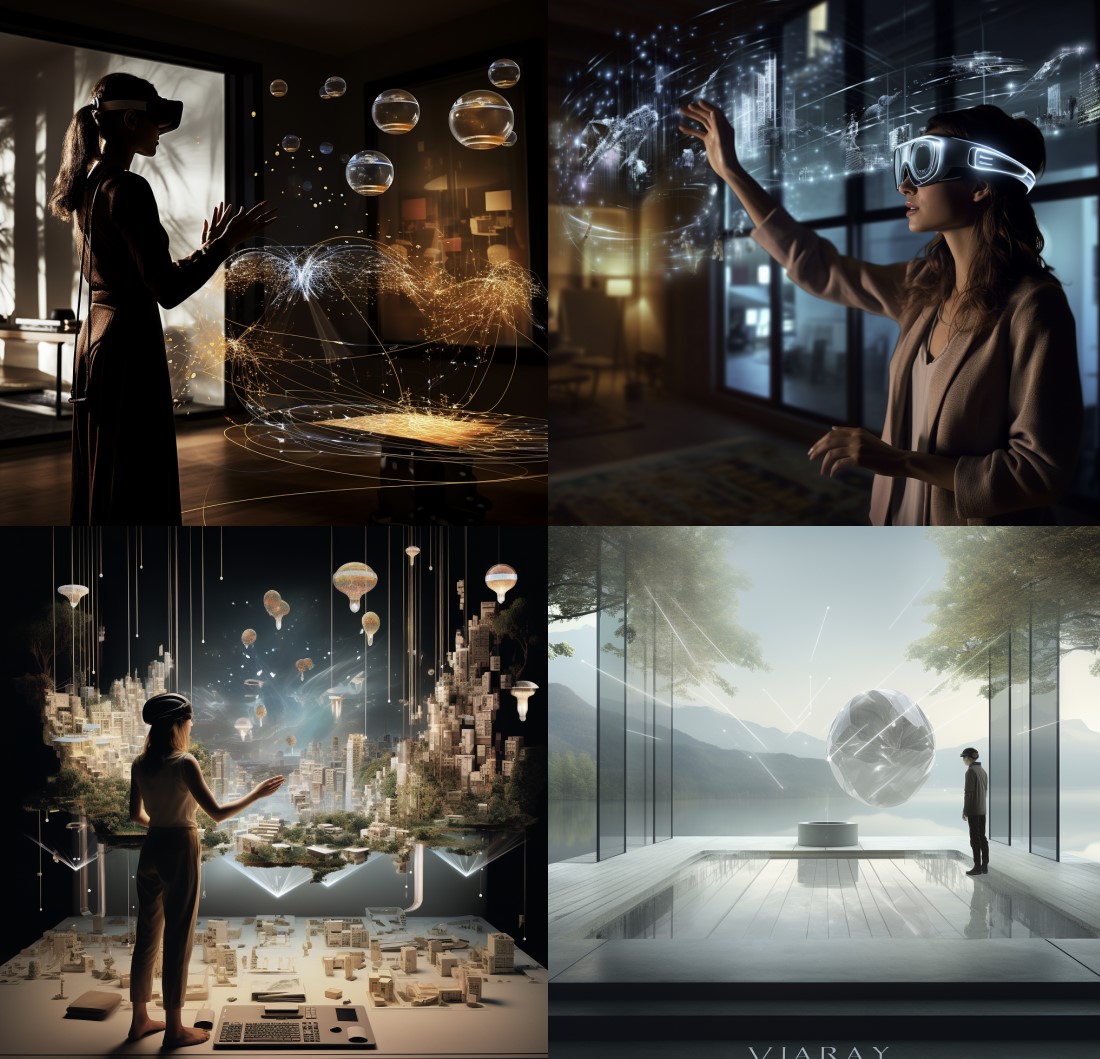
This course provides students with how immersive experience in a computer-generated virtual space operates. In this course, students will learn the basic concepts of computer graphics to utilize Unreal Engine editor, experiencing various VR content production.
programming: c++/blueprint, unreal engine 5, oculus quest
Augmented Reality (U/G 4-1)
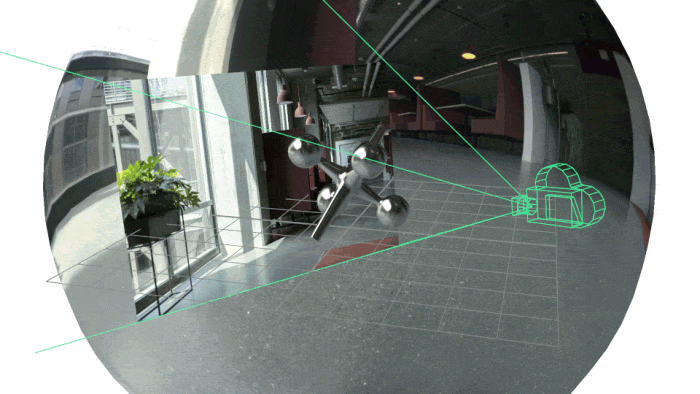
This course covers how the computer vision technology and computer graphics technologies are combined to projects a virtual model into a human’s field of view. Using the recent mobile-AI models for the AR components, students will practice creating AR content.
programming: python, opencv, mediapipe
Deep Generative Model (G)


In this course, we introduce the VAE (Variational Auto-Encoder) and GAN (Generative Adversarial Network) models, which are classic yet fundamental for understanding generative models, along with their mathematical rationale. We delve into the learning model of StyleGAN2 and various style transfer techniques achieved through feature embedding and parametric encoding, which can be explained by the inverse GAN. We also present the potential of new generative models, representing novel view synthesis through the NeRF model.
programming: python, colmap, pytorch, tensorflow
